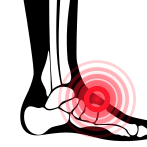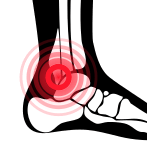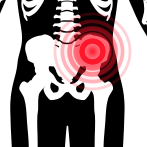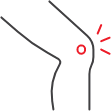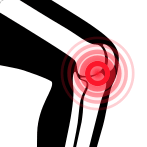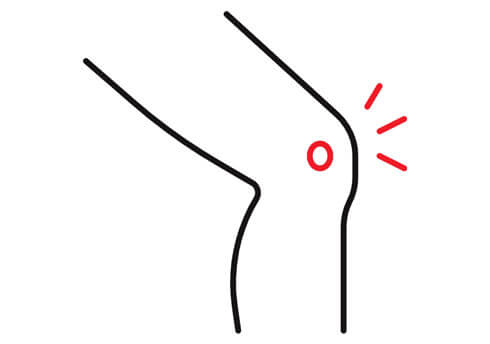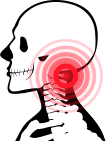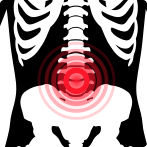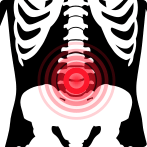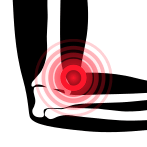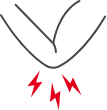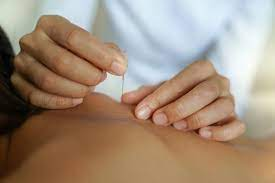Good news! You’re done with your shoulder surgery. Now the next step is how to heal. Healing from shoulder surgery is no joke, but postoperative care for shoulder surgery is made easier with the right physical therapist.
Here at Next Level Physio, we help rehabilitate post-op shoulder surgeries all the time. We’ll help you restore your range of motion and get back to life as you knew it in no time.
What is Shoulder Surgery?
People get shoulder surgery to repair a damaged, degenerated, or diseased shoulder joint. Although it’s common, shoulder surgery is still major surgery and should be treated with care. The goal of shoulder surgery is to restore pain-free range of motion and full function to the shoulder joint.
Shoulder damage could be due to a number of factors including aging, disease, overuse, or injury. Conditions like arthritis, bursitis, torn cartilage, shoulder fractures, frozen shoulders (adhesive capsulitis), shoulder dislocations, shoulder separations, tendonitis, and others could merit shoulder surgery.
What are the Different Types of Shoulder Surgery?
There are several different types of shoulder surgery. These include:
- Arthroplasty. An arthroplasty is a type of shoulder surgery that replaces or resurfaces the diseased joint. It involves removing the arthritic part of bone and replacing it with artificial material or an implant (prosthesis). Arthroplasties are common for osteoarthritis and rheumatoid arthritis, as well as shoulder fractures in our older population.
- Arthroscopy. This type of shoulder surgery uses an arthroscope (a long instrument with a small camera) to take pictures of the site of injury. Arthroscopies are common for shoulder dislocations, shoulder tendonitis, frozen shoulder, and torn ligaments and cartilage.
- Rotator cuff repair surgery.
- Soft tissue repair.
- Bone fracture repair
- Shoulder dislocation repair.
What to Expect After Shoulder Surgery?
The recovery time following shoulder surgery depends on the type of procedure as well as the general age and health of the patient. Post-op, most shoulder surgery patients wear a sling for several weeks. Physical therapy begins after you’ve had a few weeks to recover from the surgery.
Physical Therapy for Post-Op Shoulder Surgery
Your physio team will work with you to help you regain motion and strengthen your shoulder post-op. The length of time for physical therapy depends on what kind of surgery it was and the extent of the injury (if there was one). The overall goals of physical therapy for post-op shoulder surgery are to increase shoulder strength, flexibility, and range of motion. What we do differently at Next Level, is we also provide you with programming to keep the rest of your body from deteriorating- and for those who are active, we coach you on what CAN do to stay fit and healthy during the long recovery process.
The type of physical therapy you undergo will also depend on the type of shoulder surgery you had. For example, rotator cuff physical therapy starts with gentle passive exercises and later moves onto active shoulder exercises.
One pro-tip to speed up your recovery from shoulder surgery is to embrace the discomfort during your physio appointments; don’t fight it. The more closely you follow your physical therapist’s exercise regimen, the quicker your recovery will be.
Next Level Physio for Post-Op Shoulder Surgery
Your post-operative shoulder surgery care is in good hands with Next Level Physio. Our team is here to help you work through your recovery period and restore your shoulder to its full range of motion. IN addition to post-surgical rehab, we also treat many other conditions including:
- Sports injuries
- Pre-surgical rehab
- Post-surgical rehab
- Neck pain
- Shoulder and elbow pain
- Vertigo and concussion
- Wrist and hand pain
- Ankle and foot pain
- Sciatica/back pain… and more
Some of the physical therapy methods we use for pain treatment include:
- IASTM Technique
- Blood Flow Restriction Training
- Therapeutic Exercise
- Shockwave
- Cold Laser
- Australian Manual Therapy
- Cupping, and more
Click here to schedule an appointment and set up a free consultation.
